One thing I think Nissan does better than any company is catering to fans and owners of its old cars. Most brands wouldn’t prioritize their outdated products, much less offer a suite of OEM-level replacement parts for such a small, niche segment of their ownership base.
Nissan’s been doing that exact thing for years. Its Nismo performance arm launched a Heritage program back in 2017 to reproduce hard-to-find, out-of-production parts for owners of R32-generation Skyline GT-Rs. Back then, the program focused mostly on unexciting but necessary stuff that was tough for the aftermarket, like hoses and pulleys.
The program was a resounding success, leading Nismo to expand to offering parts for the R33 and the R34 Skyline GT-Rs in 2018. These days, the Heritage program sells all sorts of parts, from body panels to wiring harnesses to entire engine blocks—including the company’s legendary RB26 inline-six. Now, the company is starting to offer upgrades.
Nissan’s Attempt At The Ultimate Z Upgrade
Datsun’s line of L-series inline four- and six-cylinder engines is a legend in its own right. Built for 20 years and used in dozens of cars, trucks, pickups, SUVs, and even boats, it’s become one of the most iconic Japanese powerplants in the world. If you live in America, you probably know it best from powering the Datsun Z series of sports cars from the 1970s. While the four-cylinder versions got dual overhead-cam versions from the factory for racing, the six-cylinder variants were never blessed with such an upgrade, having to go through life with a simpler single-cam setup.
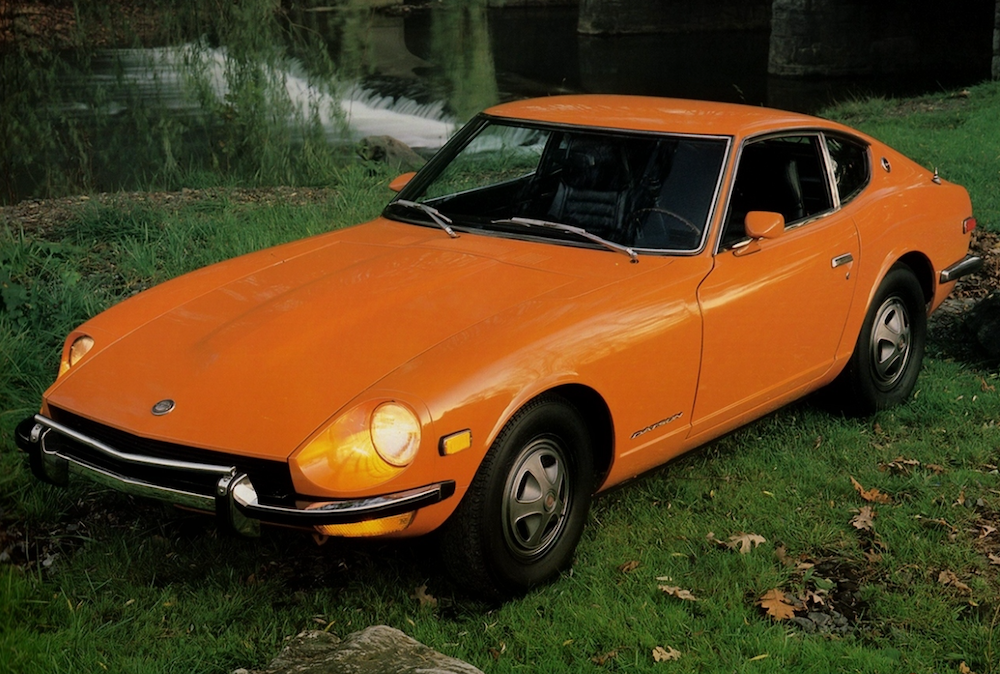
In the years following the L-series’s discontinuation, the aftermarket stepped up. A company called OS Giken, founded by old-school Japanese tuner Osamu Okazaki, built a custom DOHC setup for the L-series inline-six in the 1990s using parts from the four-cylinder head, before modernizing the concept in 2013, showing off the new product at that year’s SEMA show. The claimed performance numbers were pretty impressive. From Motor Trend:
The increased stroke, 86 mm over the stock 79 mm and the bigger piston diameter of 89 mm, bump capacity to 3,208 cc. What you see before you is an updated model that Okazaki-san reengineered over the years. This twin-cam L-Series engine with an 11.5:1 compression ratio has the ability to churn out 10,000 rpm and boasts in excess of 400hp and 289 lb-ft of torque in its naturally aspirated form.
OS Giken wasn’t the only firm doing DOHC conversions. In 2021, Derek Minetti of Datsunworks put together a fully custom DOHC head for the L-series that used valvetrain parts from the Honda K20, a famously cheap, high-revving four-cylinder that got dual overhead cams from the factory.
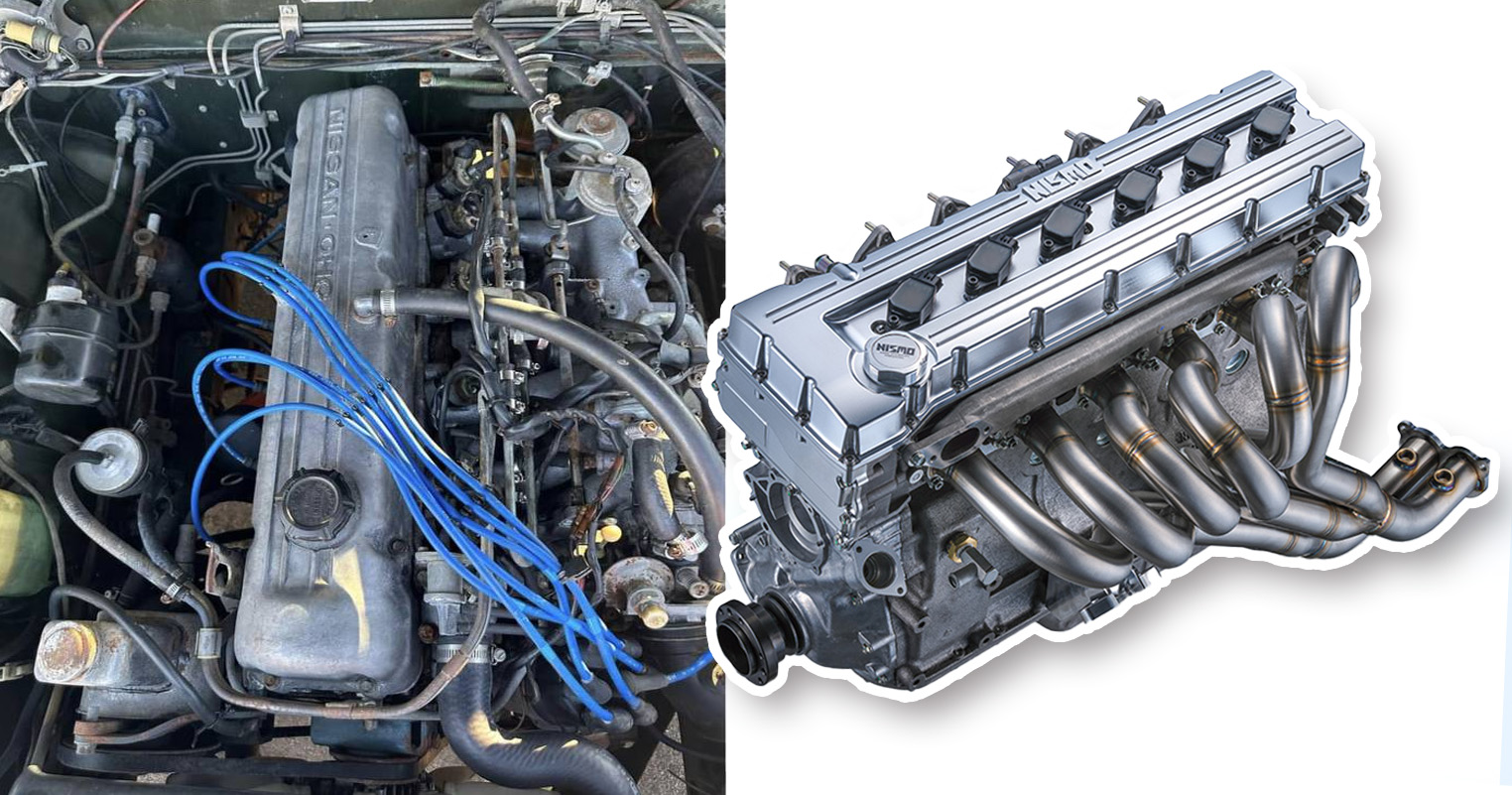
Nissan, seeing the potential to improve on an already great engine and cater to its owner base, is releasing a DOHC conversion kit of its own. First shown as a prototype back in February 2024, the head and all of its associated parts are finally entering production next year.
How Does Nismo Approach This Sort Of Upgrade?
Nissan’s conversion kit is more like Minetti’s design in that it still uses a timing chain rather than gears, like what’s found on the OS Giken design. But there aren’t any Honda parts here—it’s all in-house Nismo stuff. The company says the new reinforced chain, designed specifically for this kit, not only delivers more durability but also “ensures quietness when driving around town.” Exactly what I’m looking for in my hot-rotted Z sports car.

The main draw here is, of course, power. Having another camshaft in the head means more valves, which means more airflow. And more air getting into the engine results in higher performance. DOHC engines can also rev higher, and more revs mean more power (when it comes to these types of engines, anyway). Nissan says its 3.0-liter prototype, which was based on a 2.8-liter L-series block, makes 300 horsepower and 221 pound-feet of torque, or nearly double the power of the standard, single-cam 2.8-liter engine when new.
What’s nice about buying from Nismo is that the company has also developed a bunch of other parts you can buy alongside the kit specifically to make it fit in the engine bay of a Fairlady Z (specifically, the S30 and S31 chassis cars). These parts include new engine mounts, a new oil pan, an intake manifold, and an exhaust manifold. Put together, it sounds fantastic:
The reason you should probably add all of these to your cart is thanks to the head’s height. It’s taller and wider than the outgoing single-cam head, which means if you left the engine as it is in the engine bay, the hood wouldn’t close. For the prototype build, engineers tilted the engine 24 degrees to the right, making enough room for the new head and necessitating all of this new equipment.
Ok, I’m Sold. Where Do I Get One?
Here comes the not-so-cool news: Nissan says it plans to build just 300 of these heads in 2026, which is a pretty minuscule number once you consider that Datsun sold hundreds of thousands of these engines. While there might not be any shortage in demand, pricing will likely limit buyers to those who really want to make their L-series special.

Including tax, the conversion kit alone will cost you $25,000. Then there are the add-ons I mentioned above, which you should probably get if you’re putting this head in a Z. Those will cost you an extra $8,364. All in, that’s $33,364. That’s the reality of OEM-level quality for upgrades like this. The new Sentra, which my colleague Sam Abuelsamid just drove, starts at over $10,000 less.
If you’re still on board, you still might not get the chance to buy this head. It’s unclear whether Nissan plans to offer it to overseas buyers—I reached out to a representative about this, who hasn’t gotten back to me yet. If you do get an order in, you’ll likely be paying even more due to import tariffs. Still, for the ultimate Z enthusiast, this could be exactly what they’ve been missing.
Top graphic images: Nissan

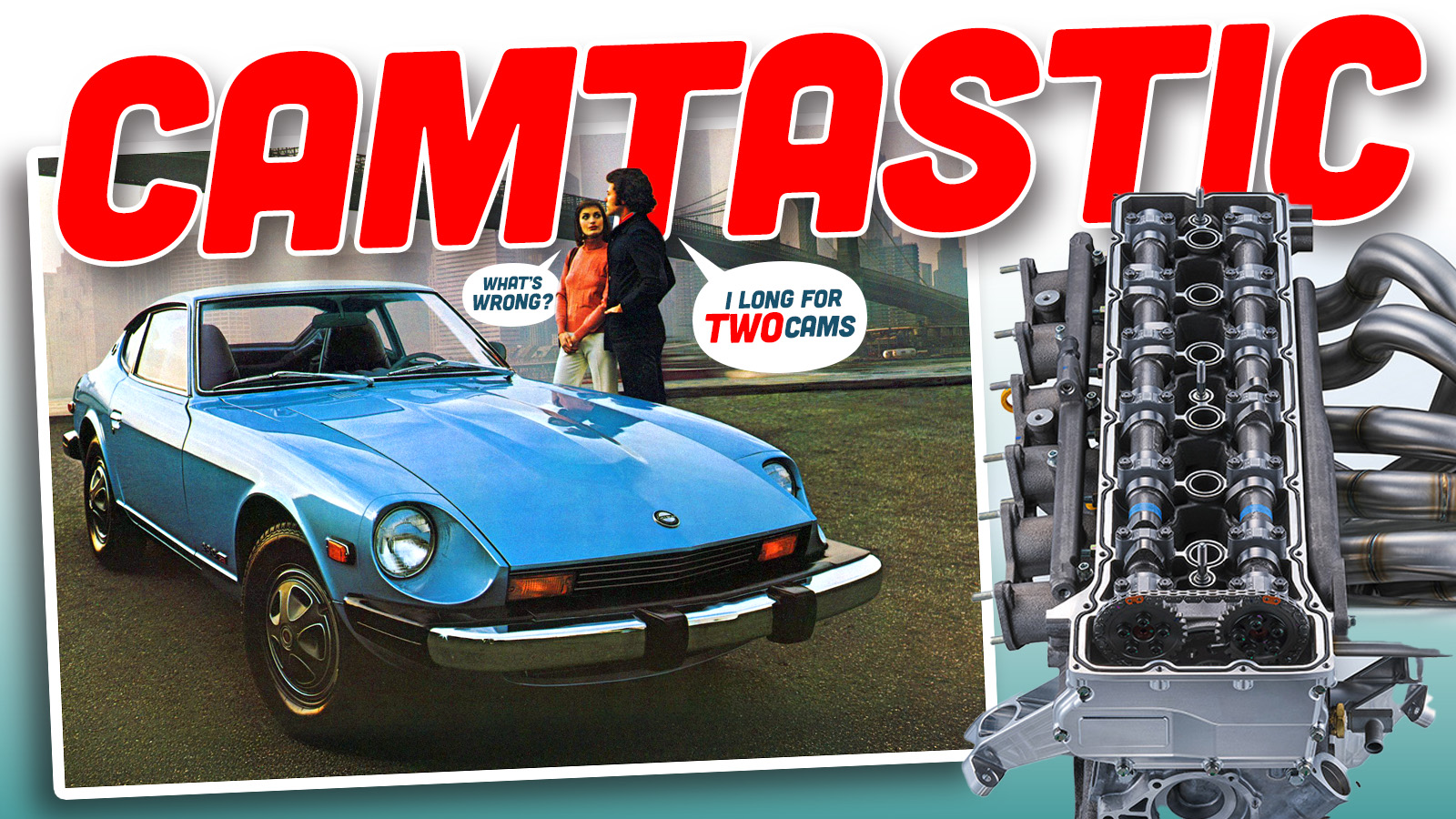




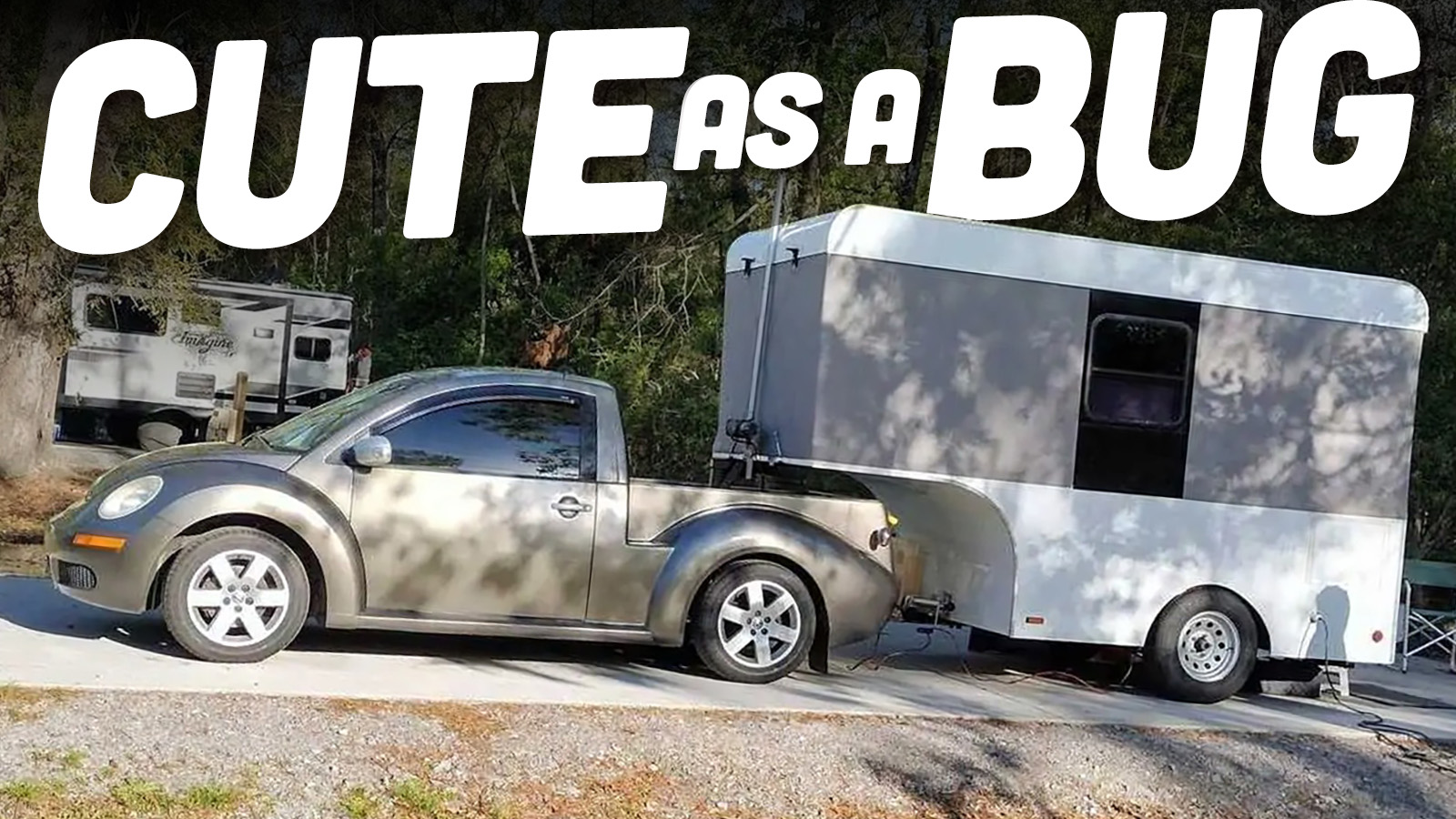
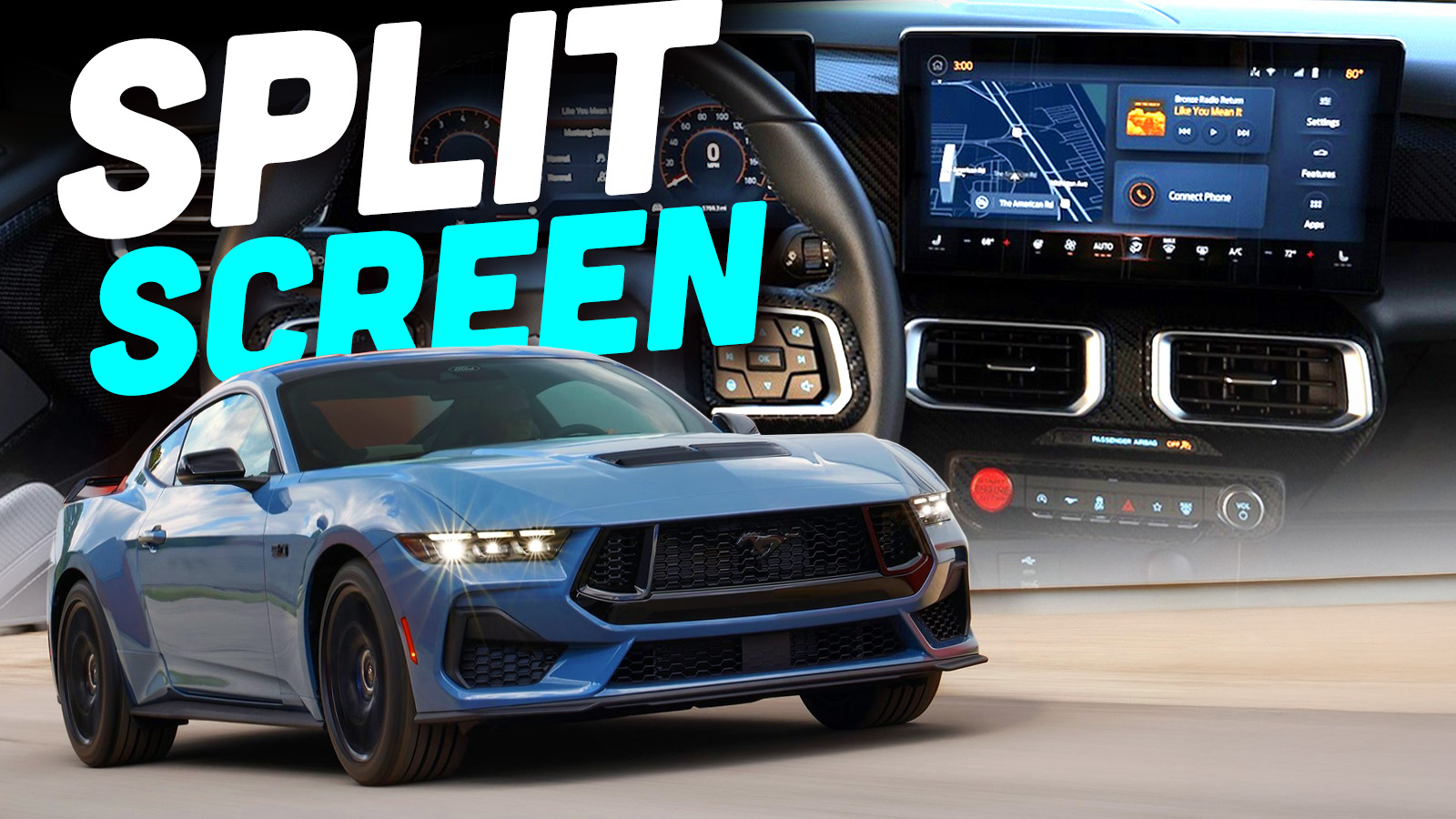

Upgrade that engine to electronic fuel injection, put it in a Triumph GT6, and get 50+ mpg while having the driving dynamics of a TVR Griffith on crack. That would be rad.
I wish they’d turned off the Heavy_Rock_Track_03.mp3 and let me listen to the damn engine!
Cue the Wangan Midnight theme.
With the 1% claiming all of the money, it makes sense to market to them. 2 wheels are much cheaper than 4.
Seems like Datsun works was touting this way back in 2021. Surely they made more than 10 of these since then? https://www.zcarblog.com/2021/07/30/performance/datsunworks-twin-cam-power-for-your-l-series-engine.html
“hot-rotted” is a new one. I must’ve missed the transition.
I assumed it was a jab at the Z’s propensity for rusting.
Sounds like the ex-Roadkill Rotsun to me.
Just before I took driver’s ed my friend bought a ratty 240Z that more than lived up to their reputation for rusting away before your eyes. But the drivetrain worked beautifully, so we hooned that thing all over.
One winter day we took it out to some back roads leading up to a ski hill to get it sideways and kick up gravel. At one point the board laid across the massive hole in the passenger footwell shifted and the edge dropped into the snow on the road and sprayed my friend sitting in the passenger seat.
With as much structural rust damage as that thing had it was definitely a death-trap, but man was it fun when I was too stupid to know better. I’d love to get my hands on a clean one, and this kit seems like a fun way to make it even better.
You know what? This will decimate all after you put about thirty three grand in it or more if we have to overnight parts from Japan.
Or, alternatively, you could just find a kinda creepy Japanese tuner who once built a dark blue S30 Z so powerful it killed half its owners…
Yeah, it’s probably safer just to pony up the cash and make your own Devil Z.